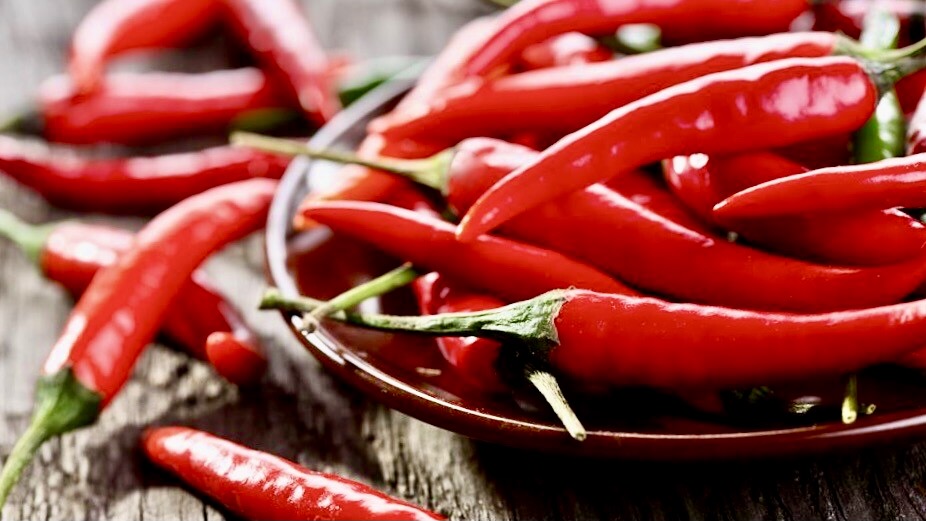Product packaging designs create visual expectations and instant association of the products' quality.
Some product's packaging designs are not as relevant as the product quality itself. In some cases, the product taste transcends into an emotional experience that exceeds the customer's expectations.
In food products, companies such as Heinz for over 125 years have produced and successfully sold ketchup inspired by a Chinese recipe sauce.
Heinz proudly reaches every household in the USA and Canada with over 650 million bottles worth 1.5 billion dollars. Heinz sells, additionally, 11 billion single-serve packets of ketchup per year around the world. Now, executives are scrambling to explain that shortages of single-serve packages are ending soon.
After closing its Ontario processing facility in 2014 in Leamington, Heinz will soon make ketchup in Canada once again. Canadians are happy about this.
Often people ask if the colour is natural, and Heinz claims that ketchup has no artificial additives and is made no other than in heirloom strains, hand-picked ripe tomatoes. Most people don't know Mexican and Mennonite seasonal workers harvested the tomatoes used for Heinz in Limington, Ontario.
Heinz and Tabasco look at a new King emerging south of the border.
Heinz pays extreme attention to the ketchup product's red colour, traditional bottle shape, and labels as they believe critical to their success. The same goes for Tabasco processed in Avery Island, Louisiana.
But a Mexican product expanding rapidly in the USA and Canada proved not to be so relevant on presentation yet seized the attention and imagination for exotic spicy cravings.
Created in Mexico, Tajín was presented to the USA 35 years ago at Walmart, Costco and Amazon. It goes with everything from eggs to salads and fruits and adds flavour to grilled fish to meats and chicken wings. It is natural and free of MSG and adds a punch to guacamole or grilled corn. This powder seasoning will become a great hit in the upcoming summer.
Tajín it!
Tajín is used as a seasoning for glass rimmers on Bloody Mary drinks or Micheladas, or to add an extra something to margaritas, spicy or not. True connoisseurs sprinkle it on popcorn, calling it a game-changer.
What is the secret of this Mexican spice created by Horacio Fernandez Castillo that has captured the imagination of so many people?
Horacio bottled an authentic natural Mexican flavour from an original recipe.
As the story goes, Tajín was created by Fernandez's grandmother, "Mama Necha," as a sauce. He wanted to recreate the sauce in powder form to market it as a sprinkle spice on foods and claims to be the first in the world to develop a secret process to dehydrate the chilis and limes.
After visiting the pre-Columbian archaeological site El Tajín in Veracruz, Fernandez decided to name his product after it. The company, officially called Empresas Tajín, is located in Zapopan, Jalisco. By the way, it is the state where authentic Tequila is from in Mexico.
Does packaging have a direct impact on customer expectations?
Several marketing studies suggest that packaging presentations directly impact product brands' customer expectations. It wouldn't be the case of Tajín, as people hooked to the product's flavour don't seem to care about the packaging.
In the picture, notice a comparison of two bottles randomly ticked at supermarkets in Mexico that have different presentations for unknown reasons. Yes, these differences have not impacted its sales as it grows at an incredible rate.
Everything suggests that, in this product, the packaging is not as important as the product taste. Even if the product displays different colours, visual customer associations have mother nature authenticity.
Unlike Heinz ketchup, its natural colour is the same batch after batch.

Style cap, colour and seal differences
The Colour bottle is slightly different.
Label designs Dark Green, Yellow and Red are different shades.
Label alignment with the bottle.
Product colour, coarse granular shape differences.

